Respecting the screen: Juan Downey[1]
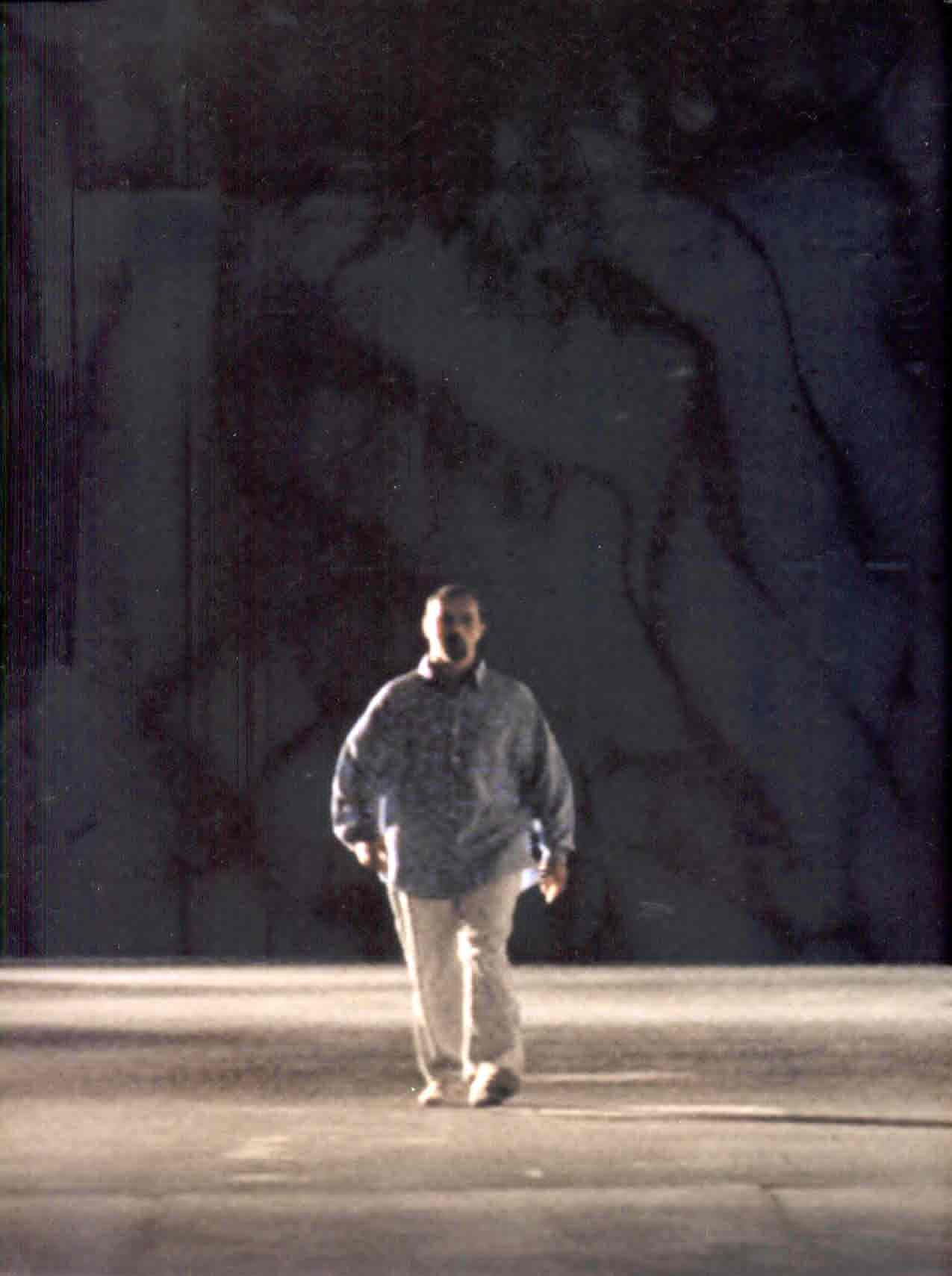 I was Juan Downey’s assistant, and I knew him quite well. When he died, I
think in the mid-nineties, it was very sad because he died too young.
He was Chilean, from Latin America. He was an intellectual, a kind of
abstract expressionist intellectual. He was very free and open, he
taught me a lot of things when I worked with him and one of them was
to respect the screen, the monitor, because it’s our instrument. «A
musician doesn’t take his violin and just throw it down, he has a
special place for it, he respects it». And he was also very
interested in history. He made a beautiful piece which I was actually
participating in. An installation about Plato’s cave with people
wearing an instrument that reads the electrical impulses in the
brain. And he had seven or eight people sitting, trying to meditate
with their eyes closed, facing the wall, in front of these people was
their own self image on a screen, a monitor, and he put a light at
the back of the room, so when the people came in to see this
performance their shadows were projected on the wall. Very beautiful
piece, just the movement of life and these completely still
people, with their eyes closed, like Buddha. He was a very
interesting man and artist.
I was Juan Downey’s assistant, and I knew him quite well. When he died, I
think in the mid-nineties, it was very sad because he died too young.
He was Chilean, from Latin America. He was an intellectual, a kind of
abstract expressionist intellectual. He was very free and open, he
taught me a lot of things when I worked with him and one of them was
to respect the screen, the monitor, because it’s our instrument. «A
musician doesn’t take his violin and just throw it down, he has a
special place for it, he respects it». And he was also very
interested in history. He made a beautiful piece which I was actually
participating in. An installation about Plato’s cave with people
wearing an instrument that reads the electrical impulses in the
brain. And he had seven or eight people sitting, trying to meditate
with their eyes closed, facing the wall, in front of these people was
their own self image on a screen, a monitor, and he put a light at
the back of the room, so when the people came in to see this
performance their shadows were projected on the wall. Very beautiful
piece, just the movement of life and these completely still
people, with their eyes closed, like Buddha. He was a very
interesting man and artist.
Video is part music part painting
A video is related to music because it is movement, because it is a kind of score, so music and the notes are a time form, and if you take away the music and put a video screen there and you play it, that is also a time form. And as any musician knows, you have to really understand the work to feel it: video is part music part painting, it is the material certainty of painting and the temporal fragility of music, it has both of those.
To make it work with music you have to be very careful and you have to really think about it. That’s why I really don’t like at all MTV and VH1 and all these music video things, because I think it’s too simplistic. They hear the beat of the music and they are changing the images. Or they are trying to tell some kind of story with characters, it is not synestesia, with all the senses being connected, that was a very sophisticated way conceived by the Greeks to think of image and sound, music and dance. We have that a little bit in opera today, opera is having a resurgence, and there are new contemporary operas being made, after Wagner’s idea of the Gesamtkunstwerk, the total art work of all the disciplines of art. And now that video has been given a life through movement from electricity, video now images the plastic arts, now it can also participate in this movement of the soul.
The most precious thing that you have is your unconscious self
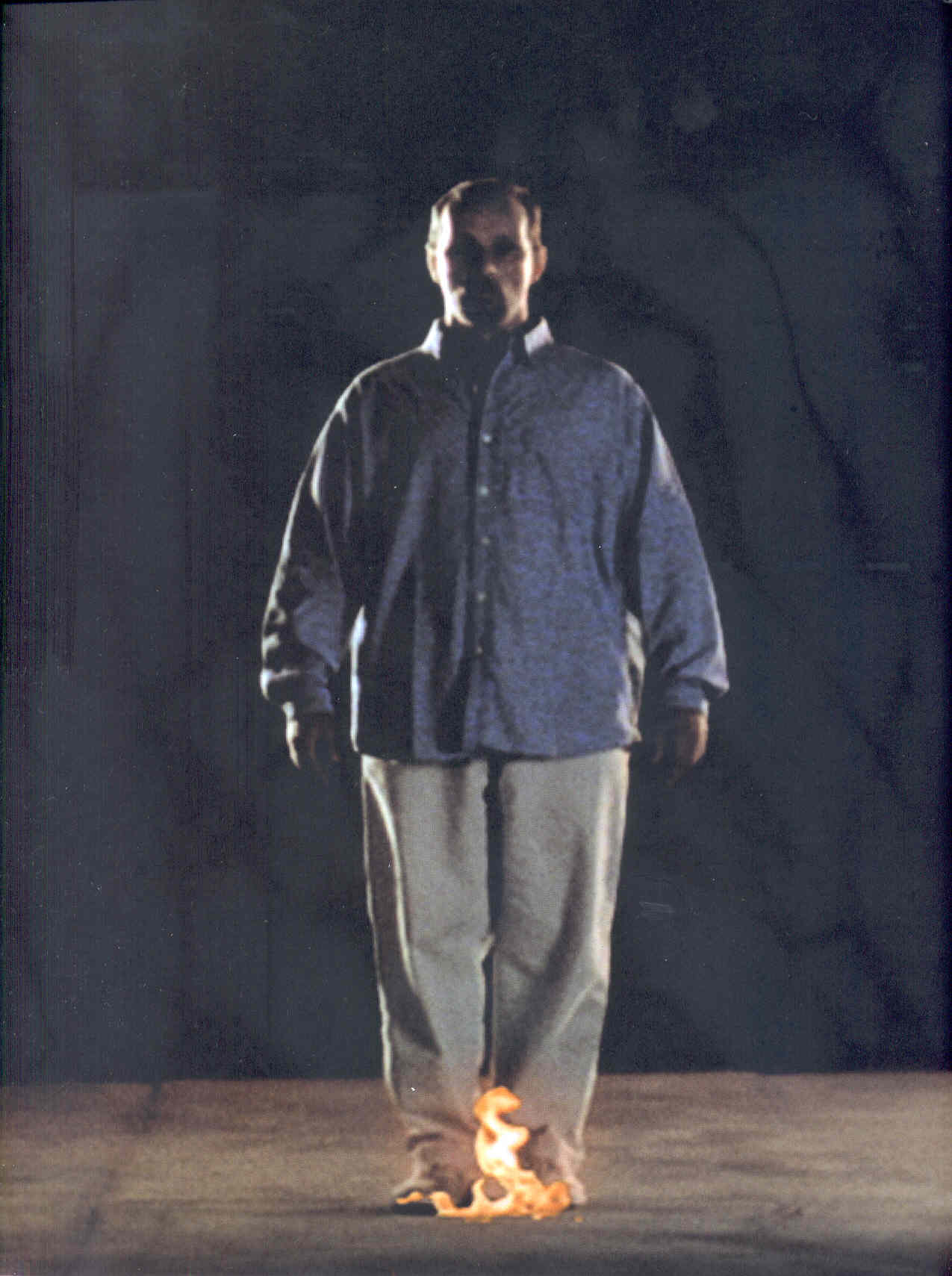
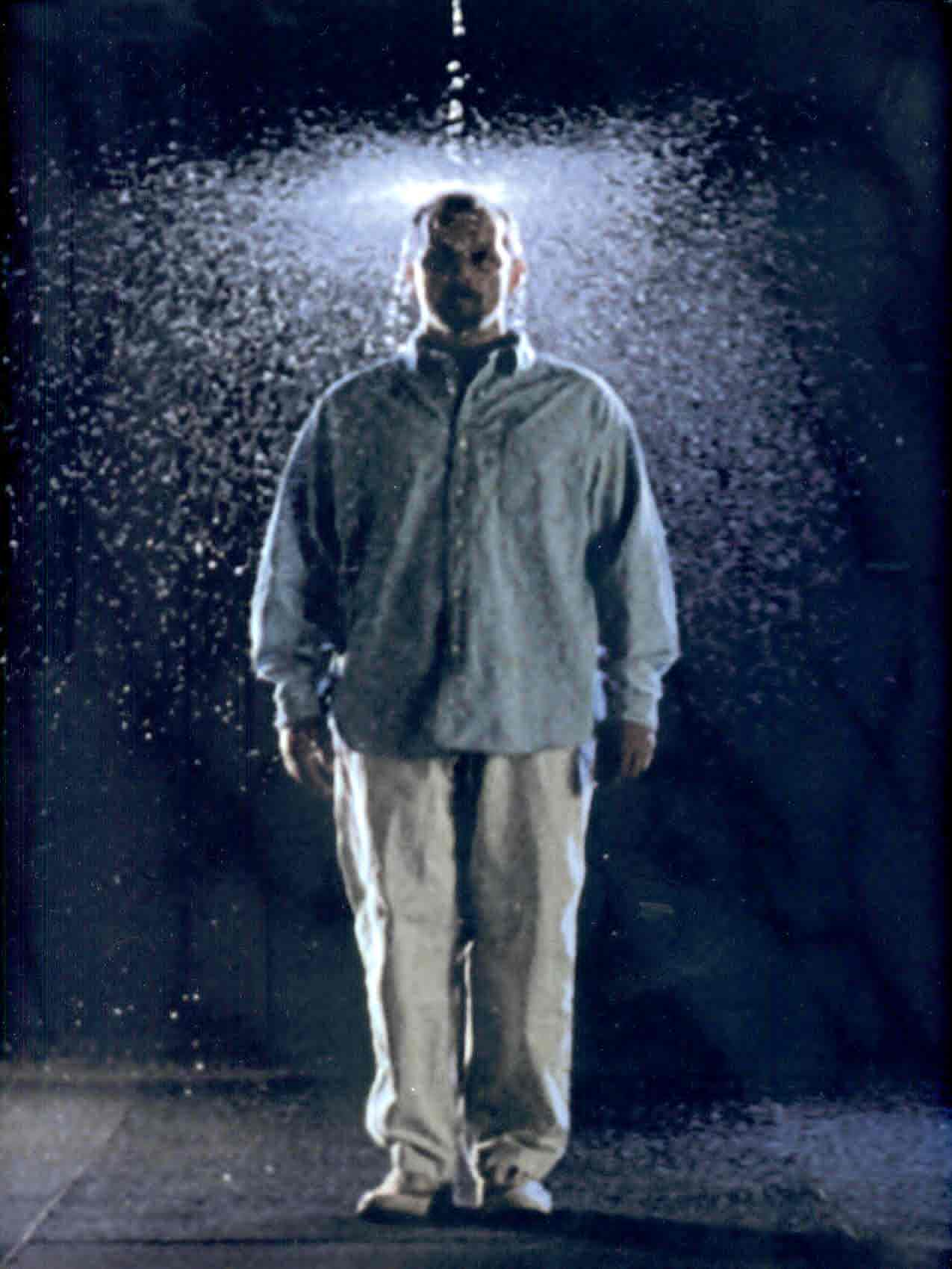
The early days of video were so special, it is hard to understand it today for students who did not live those years. The reason why I’ve done what I’ve done is partly luck – because I happened to be born at the same time television was born, 1950-51 – and partly skill: you learn your skills, you learn your technique, but you can’t learn your luck! And so my life is exactly paralleling this new electronic technological revolution right up to today. I feel like a fish in the water with this medium, it is natural for me. And for you now coming into the world, you have all these machines that are already existing, they are already made. So it seems like «Where do I fit in? What’s the place for me?». But the human mind is broad and deep and I know that you young people understand technology in this world in a way that I don’t. I had to really work to understand, because it was difficult. It didn’t exist before, so I had to learn. It took us months, years, decades to really be able to control the medium, it is like when you learn the piano, at first you’re just pushing the notes. It is very conscious, you’re thinking about everything, it is very hard, you are teaching your hand, teaching your brain, your eye, how to play. And then you practice, practice and practice, you do it over and over and over again. A baby trying to pick up a glass does it over and over again: he is programming the brain with repetition. So, there is a moment when the piano player can sit at the piano and close his eyes and then from that moment, when there is no thinking, no conscious action, then arrives music. Music does not exist until that moment, it does not exist until we get ourselves, our mind, out of the way. There is a direct connection between the heart, the unconscious self, which I don’t myself understand, and the world. You have a conscious ego-heart, but the essential point is when you yourself disappear and something else inside you is making the work. So it is not conscious for you, it is the deepest, most precious thing that you have, it is your unconscious self.
I believe in training, I believe in craft, I believe in practice, I believe in work
Let me just talk a little bit about masterpieces, because I think masterpieces are one of the most dangerous, misleading aspects of our categorizations and descriptive systems of art. I believe in training, I believe in craft, I believe in practice, I believe in work. In a way video is too easy, because you just push the button and you have an image. But if you stop there, you are not an artist, you are just a button pusher. You have to take something from yourself, like a kind of sacrifice, painful, that has to go into that image, into that video. That’s the difference. So the idea of falling is probably one of the most fundamental aspects of what we do, it is the time when you exceed your abilities. I know a lot now about video, I have been alive for quite a while and I feel like I have a large knowledge base about this craft, this medium and my work. But the thing that interests me most right at the moment is what is around the corner that I can’t see, not what I have. I don’t want to eat my tail – which you see sometime. It’s difficult being an artist. Sometimes you get stuck and you just keep going and making the same thing, or sometimes you stop. I had a creative block in 1988, two years where I couldn’t work. It was absolutely horrible, it was frightening, it was disturbing, I felt I was finished. No inspiration. And when I looked at all of the notebooks I wrote at that point later after I got through this and started to work again, I realized that in those books was contained the next ten years of my work. It was terrible, because at that time I thought it was shit. But the centre of the heart, the eye of the heart knew that it was really profound and important. But at that time I said to myself «that’s not good enough, no one will like that, they won’t like that, they won’t understand that», so it was a real dance between the conscious and the unconscious. Let me get back to masterpieces. Many of the people who teach us art, in the world of museums, who curate the art, who describe the art, give us some real insight without being themselves artists.
The best way to know yourself is to talk to someone else and feel
yourself reflected in another person, in another place and have a
dialogue. That’s fantastic but in terms of artistic practice we are
taught to study the masterpieces – and I love some of the great
painters in history, I’ve looked at their works, I’ve been
inspired by their works. But what does an artist really need to know?
Not the masterpieces. The masterpiece is the finished work, it’s
the end, the last stop on the train. It’s where you get off, the
track ends. So we don’t want to arrive at the end too quickly in
life, generally speaking, but I think of Edmond Hillary on top of the
Everest, this beautiful picture with the flag, the mountain, he’s
standing there, he conquered Mount Everest. That’s what all the
public wants to see, that’s what all the museums want to see,
that’s what TV wants to see.
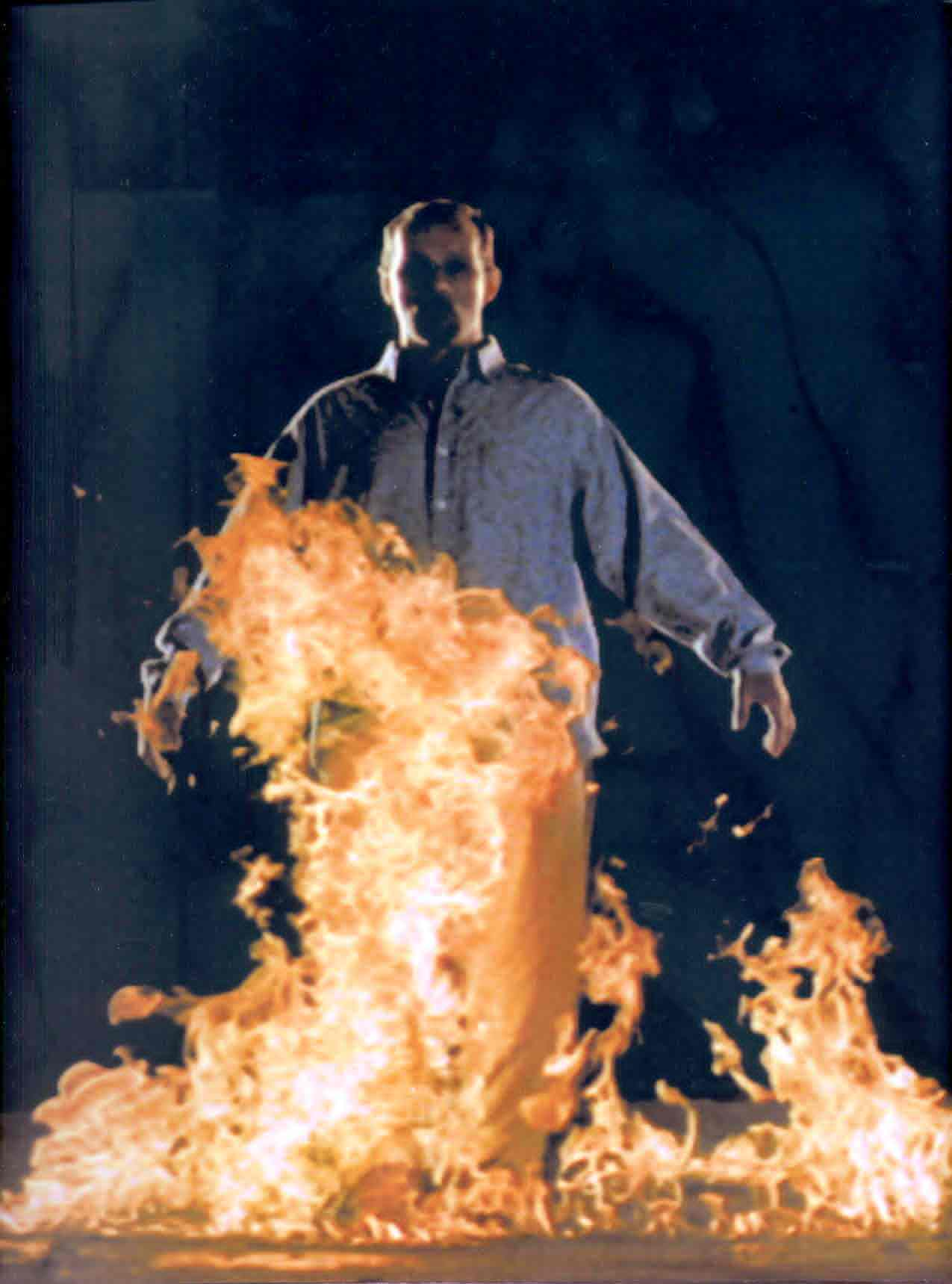
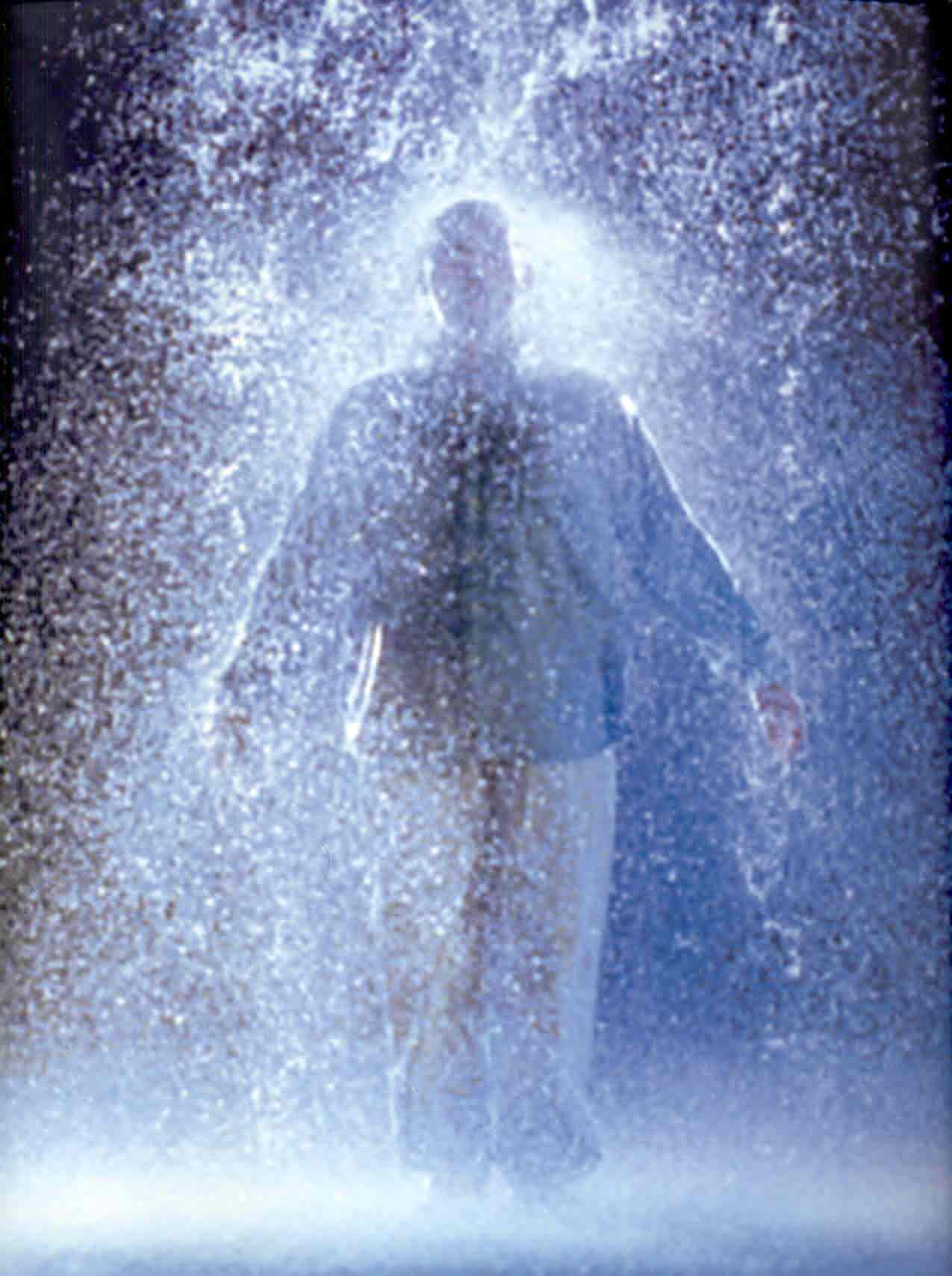 What do we artists want to see?
What do I want to know? I want to know what coat he had that he could
stay warm. I want to know what kind of boots he had that could catch
the ground and why he chose to go the right side, then the north
side, and go the wrong way, and come back. When did he think he was
lost and about to die? I want to know all of the things that led up
to getting to the top. Our work instead is never finished, it is the
process of creation, which is a gift. That’s why you don’t own
your art, nobody owns art. Art is a gift from the cosmos to you, and
you pass it on to people, you keep it moving through yourself.
What do we artists want to see?
What do I want to know? I want to know what coat he had that he could
stay warm. I want to know what kind of boots he had that could catch
the ground and why he chose to go the right side, then the north
side, and go the wrong way, and come back. When did he think he was
lost and about to die? I want to know all of the things that led up
to getting to the top. Our work instead is never finished, it is the
process of creation, which is a gift. That’s why you don’t own
your art, nobody owns art. Art is a gift from the cosmos to you, and
you pass it on to people, you keep it moving through yourself.
So it’s really important to look at the failures of artists. The
failure is your greatest blessing. When you run out of ideas, when
you feel empty, when you make a mistake, when you can’t solve an
image, when you can’t solve something you are working on, that is a
blessing. Because it means that you are empty at that moment. And the
most important thing that I’ve learned all these years is that we
get moments of great inspiration. I’ve had them, not many, but a
good number of really powerful revelations. I feel the piece, I can
see it in my mind, I feel created, I am inspired and I want to go to
my studio and make something. I have the vision and it is complete,
that’s rather rare. That’s what we think these big famous artists
you hear about are doing all the time, it is not true, they are not
actually doing that all the time, so it is more important for you to
learn how to work from a position of weakness, not of strength,
because weakness is going to be the more usual state that you will be
in, feeling «How can I possibly make a video like Bill Viola, how
can I possibly make a piece like Titian, how can I get on the
mountain like Hillary with the flag?». You feel weak, you feel
small. I do all the time, I still feel that way. But that’s really
what you need to do! Our Zen teacher said to me one day – we were
staying there with him and I was explaining something I was doing
that was complicated – and he just looked at me and hit me in the
head! And he said «No thinking!», he said «Too much», he said
«Just let it come out, like the last breath». The last breath of
the human being which we all will have is one of the most beautiful
things in the world, it’s just release. So falling is so valuable.
When you develop your skills, when you have your knowledge you start
to feel you are connected with the medium you are working in, you are
moving forward, it’s clicking, everything is coming together for
you and you are moving. When you finally feel «Ok I know this, I can
do this», when you look around and you see you have a skill that is
better than a lot of other people around you, that’s exactly the
time you are getting to the danger point actually, if you are too
confident, that is the danger point. That is the time when you walk
right to the edge, and you take a step beyond, and you don’t look
at the bottom if there are rocks in the water on which you might hurt
yourself. And even if you step off the cliff, you will be safe. What
happens at the moment you step off is you exceed your own abilities.
The great masters, the ones who do make masterpieces, Titian,
Rembrandt, Pontormo, Rothko, took that step where they stepped beyond
what their art professor taught them, beyond what the culture taught
them.
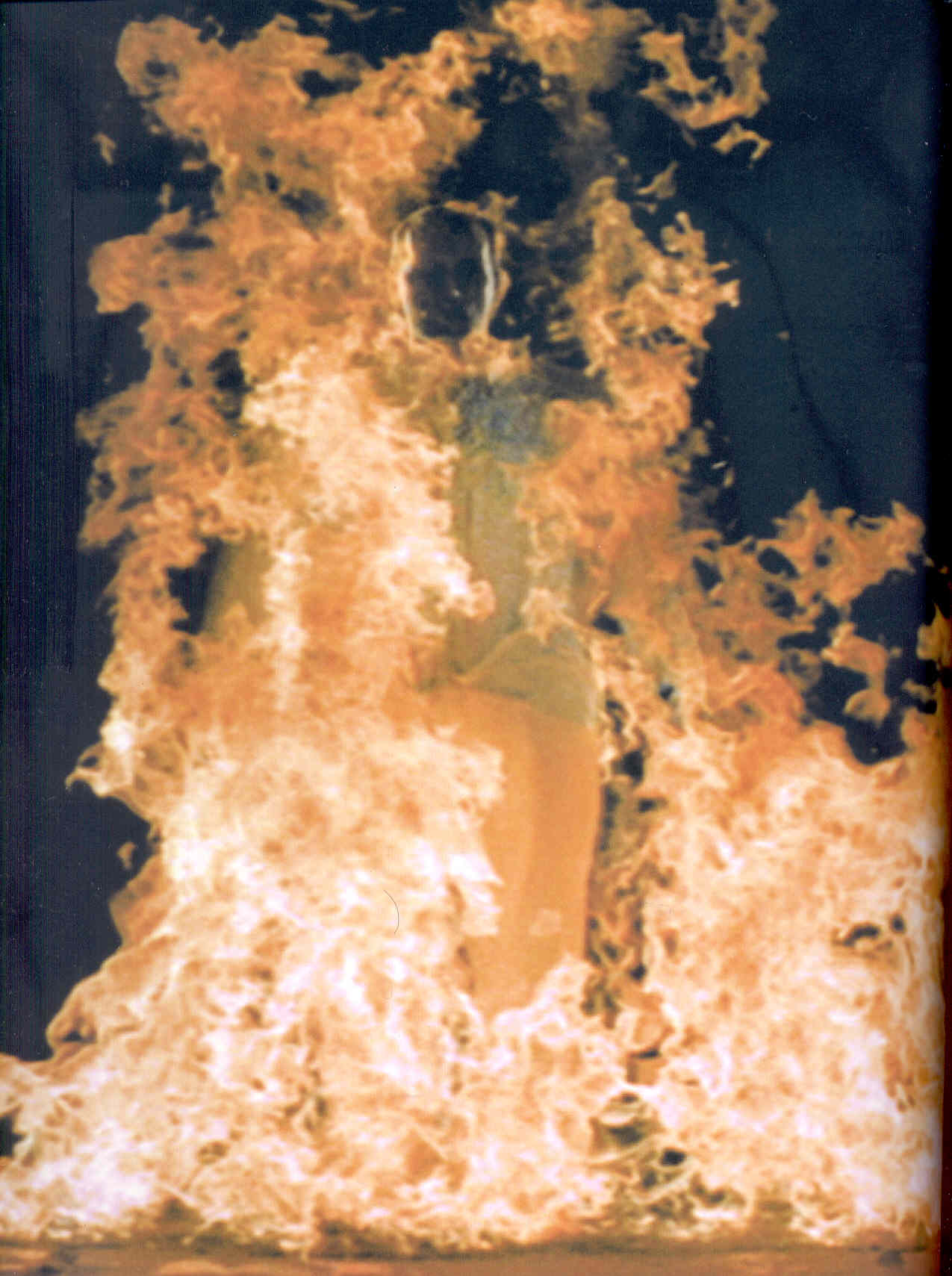
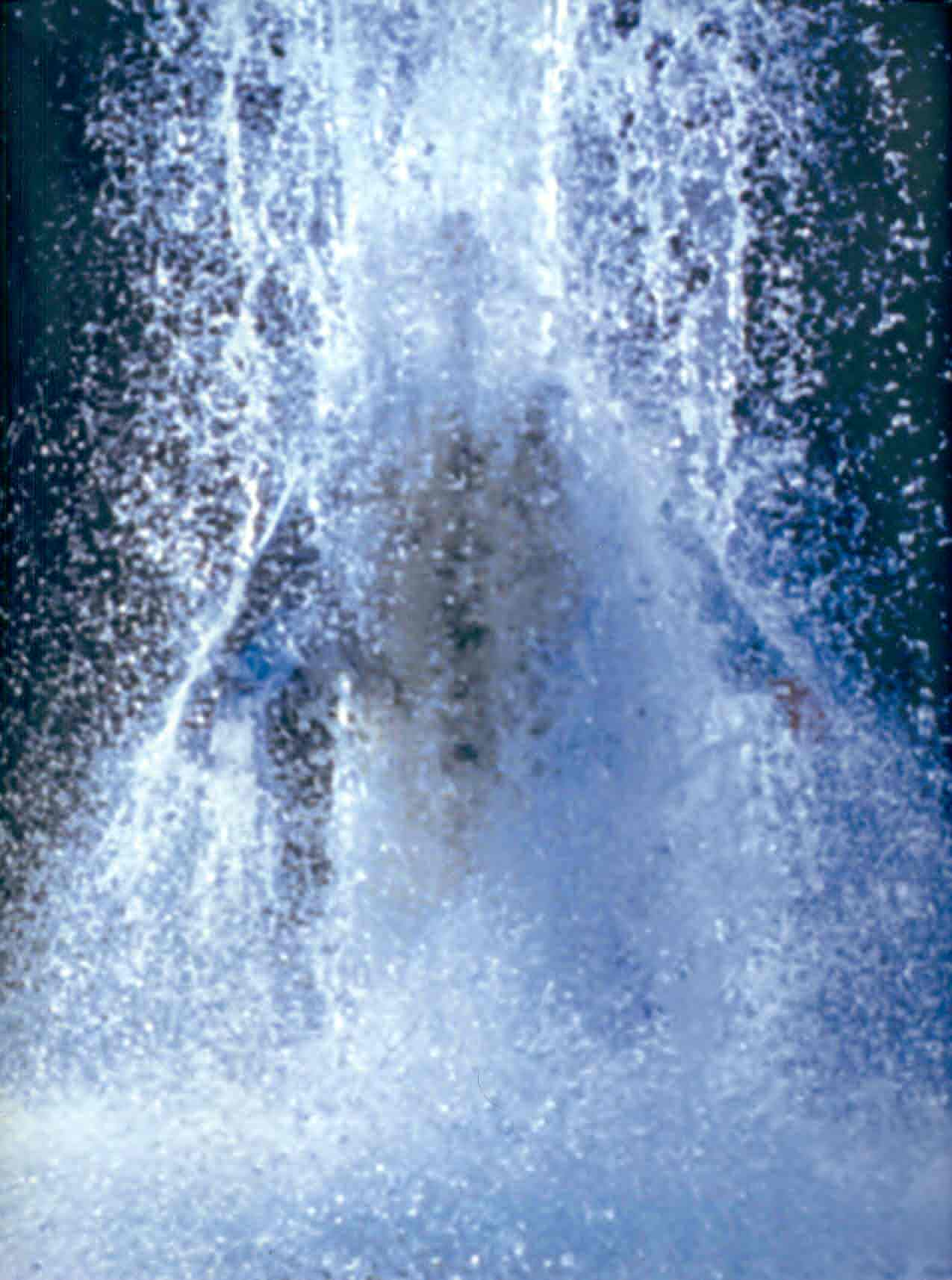
When you have nothing in your training to guide you, that is where creativity starts. It is not creative to just repeat what your professor said all the time, that is not creative, you need that to get going, but ultimately creativity is a risk. The great masters, who we think were the master technicians, took that step, and they fell with nothing, no techniques, no training, none of their knowledge helped them at that moment and so they took what we say in English is a leap of faith, they went on faith, not solid knowledge but faith. And unless you make that leap throughout your life, large or small, it doesn’t have to be big and dramatic, it can be small, you have to keep making those leaps into the unknown.
Loss is more important than gain, to lose something is really to understand it
The name of this piece I presented at the Venice Biennale in 2007 is
Ocean without a shore and it had to do with the idea of
the dead coming back to our world, or I should say the fragility and
transparency that we all feel and know through the relationship
between death and life. The threshold, the barrier between life and
death is not a great stone wall like a castle, it’s the most
delicate thin fragile surface, it is almost like a soap bubble, it is
so easy to go through this threshold to the other side, much more
easy than you know. As you get older, when you go on in life you gain
the knowledge of death, you understand it much better and you know
how easy it is to go there. After losing both my parents in the
nineties I became very aware of death and its presence in our world.
I want to give you a quotation by Ibn Arabi, a great Sufi master who
lived in Andalusia in 14th century, because he said some incredible
things. The Sufi is someone who studies darkness in order to
understand the light. That’s another good suggestion for artists:
if you want to understand something, study its opposite. That’s how
you will know its death. And he also said about ourselves the self is
an ocean without a shore, it has no beginning and no end in this
world and the next. So right now we are sharing this moment
temporarily, human beings are born, we will die, we come from the
world of the unborn and we will eventually go to the world of the
dead which are both eternal, but in our life we have a very specific
line.

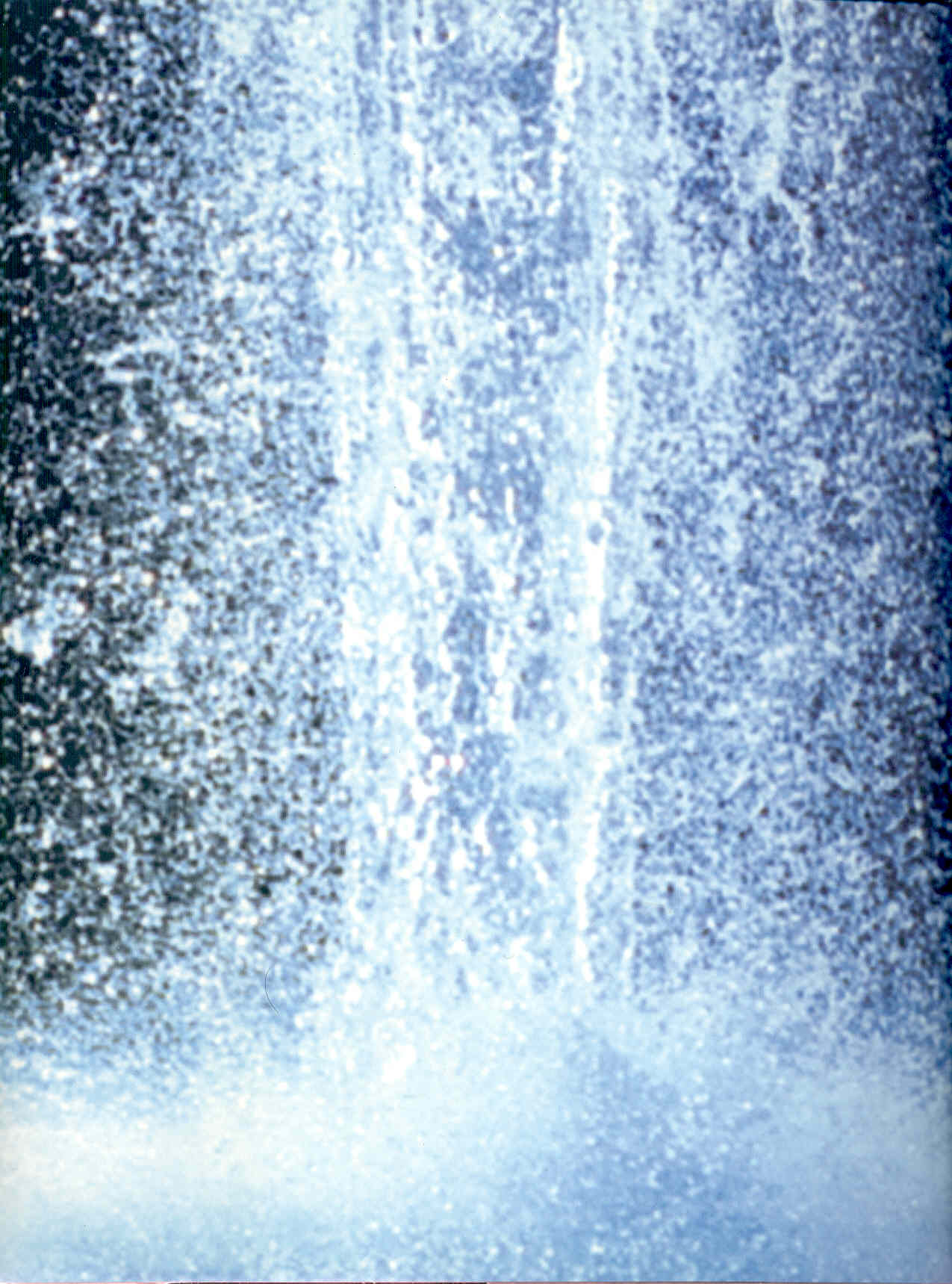
You have in your body these little cells, these little organisms called mitochondria, they exist in your cells and they transform sugars into energy for your body. But they are not human, they are independent little creatures, little tiny microscopic creatures that give us the ability to move our arms, to speak, and they made a deal with our bodies so that they could stay in a safe place. They have been in our body directly without breaking from all the parents, our grandparents, our great-grand parents, all the way back and when we go they will continue on in somebody else, keep going in our children. Buddha said something very beautiful especially good for artists. He said «No fire or wind, birth or death can erase your good deeds». So everything you do with your art, with your friends, your family, everything you do will last, there will be wars, there will be floods, there will be all sorts of stuff, but when you did a good deed, you helped someone, you taught someone something, you passed on knowledge to someone, you gave a gift to someone, that can never be erased, ever. That’s the true meaning of happiness, everything we do has a meaning in eternity. So I have become very aware of the dead since my parents died, I was with my mother and my father, 8 years apart, when each of them died, holding their hands. So I know a lot about death personally, and the emotions that come with it, which are probably the deepest form of knowledge. Loss is much more important than gain, to lose something is really to understand it. So let me read this poem:
Hearing things more than beings,
listening to the voice of fire,
the voice of water.
Hearing in wind the weeping bushes,
sighs of our forefathers.
The dead are never gone:
they are in the shadows.
The dead are not in earth:
they’re in the rustling tree,
the groaning wood,
water that runs
water that sleeps
they’re in the hut, in the crowd
the dead are not dead.
The dead are never gone,
they’re in the breast of a woman,
they’re in the crying of a child,
in the flaming torch.
The dead are not in the earth:
they’re in the dying fire,
the weeping grasses,
whimpering rocks,
they’re in the forest, they’re in the house
the dead are not dead.[2]
1 Juan Downey (1940-1993) was a Chilean video artist.
2 The author of the poem is the Senegalese poet Birago Diop (1906-1989).
Le immagini presenti nel testo sono frame del video di Bill Viola The Crossing, 1996 (Archivio privato di Valentina Valentini).